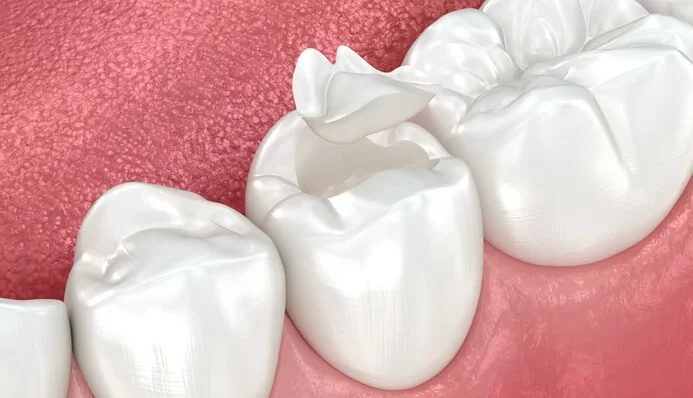This retrospective study aimed to assess the long-term performance of posterior resin composite restorations over a period of up to 33 years. The research sought to identify factors associated with the risk of failures, considering both patient- and tooth-related variables. The study is significant because it provides valuable insights into the durability and longevity of resin composites in posterior restorations, which is crucial for dental practice and patient care.
Methods
The study included patients who had received at least one Class I or Class II direct composite restoration between 1986 and 1992 in a private dental practice and had subsequent follow-up appointments. The data for this research were collected from patient dental records, which documented any failures or interventions that occurred over time. Additionally, a clinical recall was conducted in 2020 to evaluate the current condition of the restorations. The study defined two key scenarios: “success” was characterized by restorations that required no intervention, while “survival” referred to restorations that, although repaired, remained functional.
To analyze the data, the researchers employed multivariate Cox regression analyses and Kaplan-Meier curves. These statistical methods were used to assess the success and survival rates of the restorations over time, with a significance level set at p < 0.05.
Results
The study analyzed a total of 100 patient records, which included 683 posterior resin composite restorations. Over the 33-year period, 353 failures were documented, resulting in a success rate of 48%. The primary reasons for failure were identified as fracture and secondary caries. However, it is important to note that most of these failures were managed through repairs rather than complete replacements. In 183 cases, the restorations were replaced, leading to a survival rate of 73%.
The annual failure rates observed were relatively low, with success rates falling below 2.5% per year and survival rates below 1.1% per year. These findings suggest that, while failures did occur, the overall durability of the restorations was quite high.
The study also highlighted specific factors that influenced the risk of failure. Larger restorations and those placed in maxillary molars were found to have a higher risk of failure compared to smaller restorations or those in other tooth locations. Interestingly, the type of resin composite used did not significantly impact the success rates, indicating that different resin composites performed similarly over the long term.
A noteworthy observation from the study was the presence of moderate to advanced signs of aging in the restorations. These signs included marginal and surface staining, wear, chipping, and changes in anatomical shape and translucency. Despite these signs of aging, many of the restorations were still considered clinically satisfactory, demonstrating that resin composites can maintain their function and aesthetics even after several decades.
Significance
This study provides strong evidence that resin composite restorations in posterior teeth can offer long-lasting durability, even after 33 years of clinical service. The findings suggest that, with proper care and occasional repairs, these restorations can remain functional and satisfactory for extended periods. This is particularly important for dental practitioners when considering the long-term treatment options for their patients. The study also underscores the importance of regular follow-up appointments to monitor the condition of restorations and address any issues that may arise over time.
Overall, the research highlights the resilience and effectiveness of resin composites as a material for posterior restorations, offering valuable insights for both clinicians and patients.
Source: Pubmed

